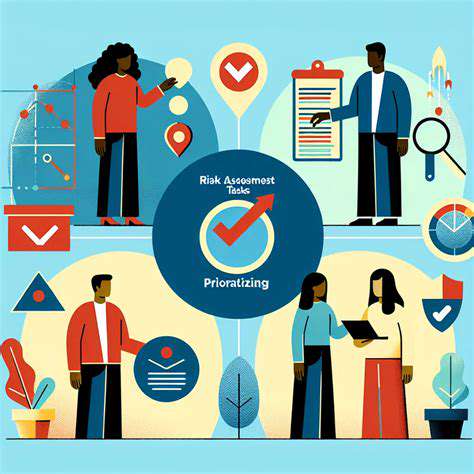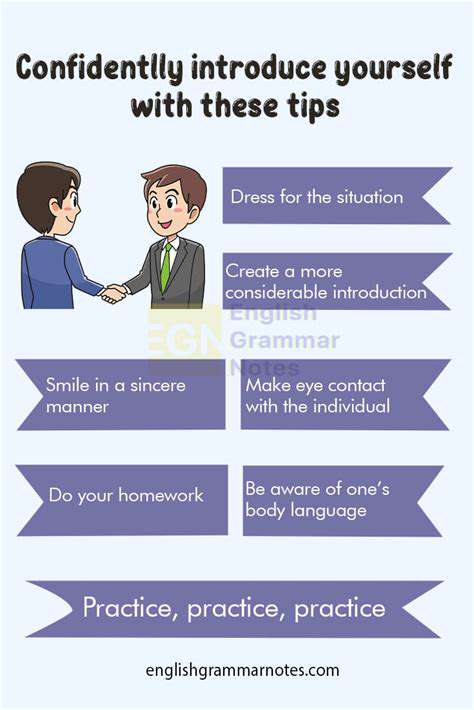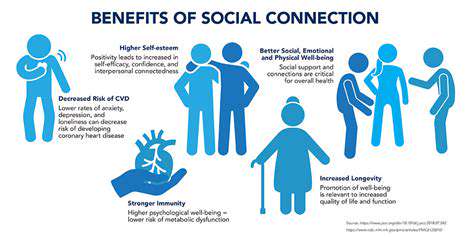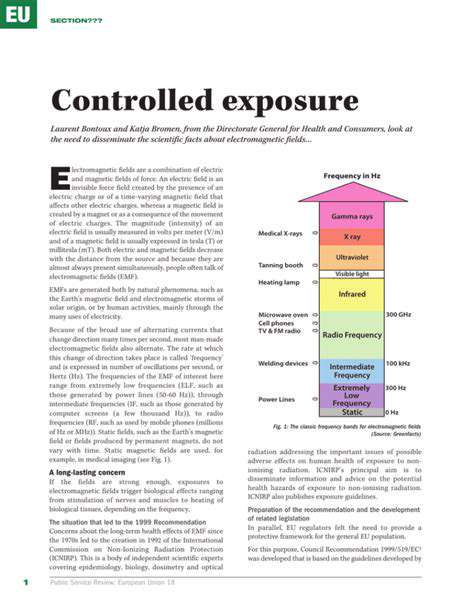Socializing Your Puppy During Walks: What to Focus On
Dog introductions are like careful first dates - they need the right setting and pacing. Start by walking parallel to the new dog at a distance where both can notice each other without tension. Let them sniff the air and observe body language - you'll see curious sniffs and relaxed tails when they're ready to move closer. Always leave an escape route so neither feels trapped. If either dog freezes or stares intensely, calmly increase distance and try again later.
These introductions require patience - what works in one meeting might need adjustment next time. Factor in energy levels (a tired dog may be grumpy) and environment (new places can be overwhelming). The magic happens when you let the dogs set the pace rather than forcing interaction. Some pairs hit it off immediately, while others need several positive drive-by encounters before being ready to sniff properly.
Managing Interactions and Preventing Conflicts
Keep leashes loose during greetings - tension transmits through the leash and can create stress. Watch for play bows (front down, rear up) which signal good intentions. If play gets too rowdy, interrupt with a cheerful let's go! and redirect to calmer activities. Prevention beats intervention - separate before excitement tips into overwhelm.
Learn canine body language fluently. A happy dog has relaxed muscles, a wagging tail at mid-height, and may smile with an open mouth. Warning signs include stiff posture, intense staring, or raised hackles. If you see these, calmly create space without scolding - you want the dog to associate other dogs with your calm energy, not tension.
End every interaction on a positive note - better to leave them wanting more than to push too far. Carry high-value treats to reward calm behavior around other dogs. With time and positive experiences, your pup will learn that other dogs predict good things rather than stress.
Navigating Different Environments and Stimuli
Understanding Your Puppy's Sensory Landscape
Imagine experiencing the world with super-powered hearing and smell - that's your puppy's reality. A sidewalk grate might feel like a scary abyss, while a plastic bag fluttering could seem like a predator. Go at their pace, letting them investigate new things from a safe distance first. Carry treats to create positive associations with potentially scary stimuli.
Managing Distractions During Walks
Start training in boring environments before graduating to more exciting ones. Use the name game - say their name happily when they look at you, then reward. Gradually practice around mild distractions before attempting busy areas. Short, successful sessions build focus better than long, frustrating ones.
Socializing with Other Dogs and People
Quality matters more than quantity when socializing. One positive interaction with a calm adult dog teaches more than ten rushed greetings. For human socialization, ask people to crouch sideways and let the puppy approach first rather than looming over them.
Introducing New Environments
New places are less overwhelming when paired with familiar routines. Bring their favorite blanket to the vet, or practice known commands in new parks. Always watch for signs of stress (excessive yawning, lip licking) and be ready to retreat to comfort zones.
Understanding and Managing Fear Responses
Never force exposure to feared objects. Instead, play the look at that game - when puppy notices the scary thing at a distance, mark with yes! and reward. Gradually decrease distance over multiple sessions as confidence grows.
Prioritizing Safety and Supervision

Ensuring a Safe Environment
Puppy-proofing is an ongoing process as they grow taller and more creative. Adopt a puppy's-eye view - get on the floor to spot hazards you might miss standing up. Use baby gates to create safe zones, and rotate toys to prevent boredom-induced mischief.
Effective Supervision Strategies
The umbilical cord technique keeps puppies close and safe - tether them to you with a leash indoors when you can't watch closely. This prevents accidents while teaching them to settle near you. Supervision isn't just about preventing mistakes - it's about catching and rewarding good choices.
Clear Communication Protocols
Establish consistent household rules - if jumping isn't allowed, everyone must enforce it the same way. Keep a training journal to track progress and identify patterns in behavior.
Comprehensive Training Programs
Break skills into tiny steps. For sit, first reward for weight shifting backward, then for bent legs, finally for full sits. This shaping method builds confidence through frequent small wins.
Regular Safety Audits and Inspections
Weekly home checks should include verifying secure fencing, removing small objects from reach, and checking toy condition (no loose parts).
Incident Reporting and Analysis
When accidents happen, analyze triggers without blame. Did the puppy chew shoes because they were accessible, or because they needed appropriate chew toys? Solutions work better than scolding.
Employee Engagement and Participation
Involve all family members in training sessions. Even young children can help by practicing sit with treats (under supervision). Shared responsibility strengthens the whole family's bond with the puppy.










